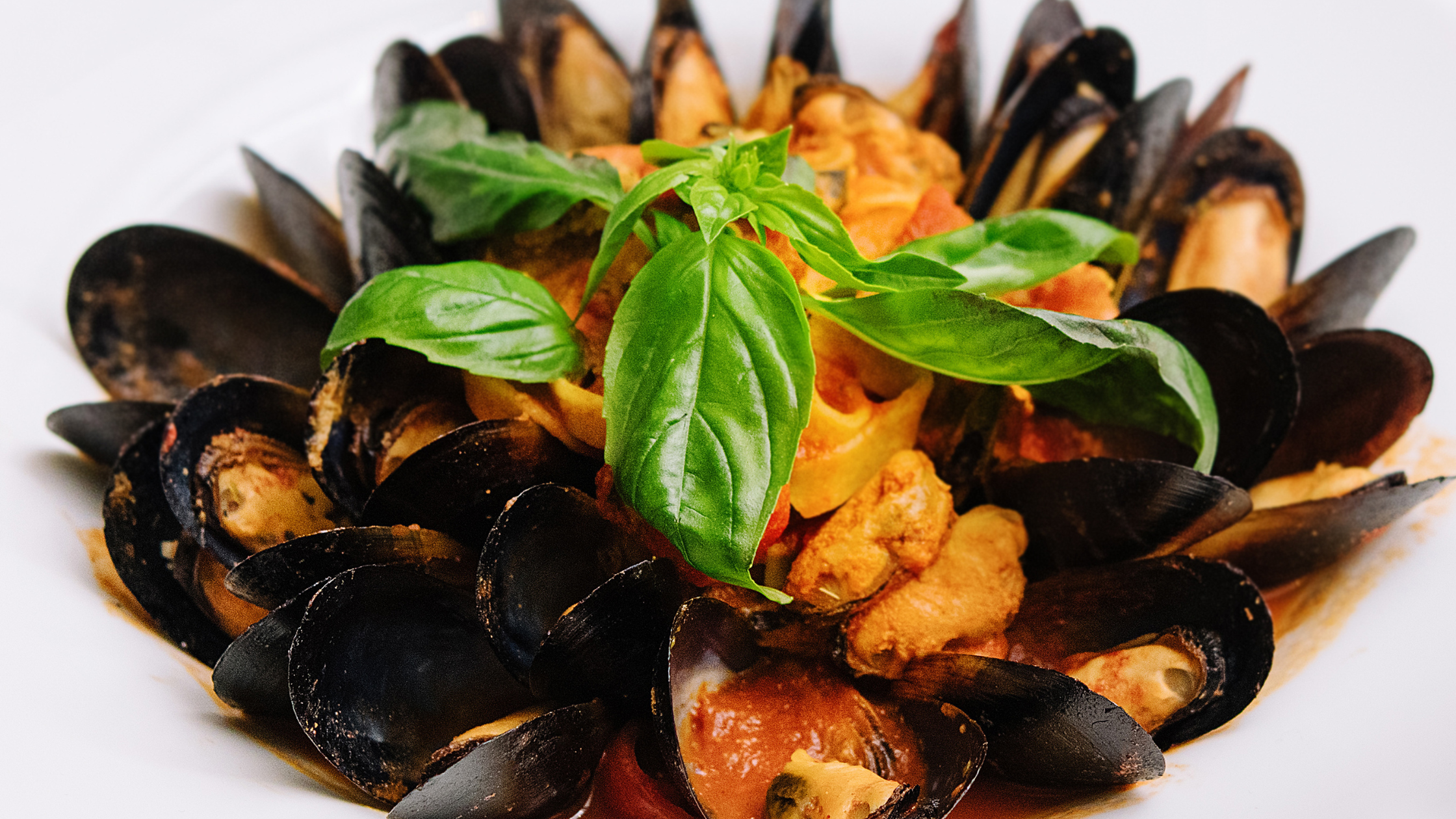
Savor the Sea: How to Make Mussels In White Wine Garlic Delight
Picture this: the sun dips below the horizon, casting a golden glow across the ocean while you sit at a seaside bistro, savoring each exquisite
FREE Overnight Shipping on orders over $300 ($200 in CA. Some suburbs are not included).
By Cynthia Hsia
In the U.S., consuming shark has become a contentious subject due to global shark conservation campaigns against the shark fin trade. These campaigns have been effective in driving down demand for shark fins and shark meat.3 The success of the global campaign to raise awareness about irresponsible shark fin harvesting practices has had the side effect of also reducing demand for responsibly harvested domestic shark products.
 Certain species of sharks are legally and responsibly harvested by U.S. fishermen and it is a common misconception that all shark species are endangered.2 These domestic fisheries are some of the most highly regulated in the world, due to federal management and the Magnuson-Stevens Act.1 Strict regulations are in place to minimize bycatch, and shark finning is banned.
Certain species of sharks are legally and responsibly harvested by U.S. fishermen and it is a common misconception that all shark species are endangered.2 These domestic fisheries are some of the most highly regulated in the world, due to federal management and the Magnuson-Stevens Act.1 Strict regulations are in place to minimize bycatch, and shark finning is banned.
Three species of shark are incidentally caught in California: common thresher shark (Alopias vulpinis) from the CA drift gillnet fishery, and blue shark (Prionace glauca) and shortfin mako shark (Isurus oxyrinchus) from the CA drift gillnet, shallow-set longline, and deep-set longline fisheries. All three of these come from healthy populations that are not overfished or experiencing overfishing. Most sharks caught alive at sea are released, and research is being done to study their post-release mortality.
Common thresher and shortfin mako shark caught on the U.S. West Coast are NOAA Fishwatch Smart Seafood Choices. U.S. common thresher caught by CA drift gillnets, shortfin mako caught by CA shallow-set longlines, and blue shark caught by either shallow or deep-set longlines, are all rated as “Good Alternative” by the Monterey Bay Aquarium Seafood Watch Program.
Shark is a great lower-cost alternative to swordfish and has a mild flavor with a firm, meaty texture. It is a popular choice for Baja fish tacos or fish & chips, but does equally well simply seasoned and grilled or pan fried. However, many people have forgotten how good shark tastes – and without demand from consumers like you, these shark species being landed may otherwise go to waste.
Sources
1NOAA Office of Sustainable Fisheries (2019). Shark Conservation Act. Retrieved from fisheries.noaa.gov.
2Office of Sustainable Fisheries (2019). U.S.-Caught Sharks are a Sustainable Food Choice. Retrieved from fisheries.noaa.gov.
3WildAid (2014). Shark Fin Demand in China Down, Report Finds. Retrieved from wildaid.org.

Picture this: the sun dips below the horizon, casting a golden glow across the ocean while you sit at a seaside bistro, savoring each exquisite
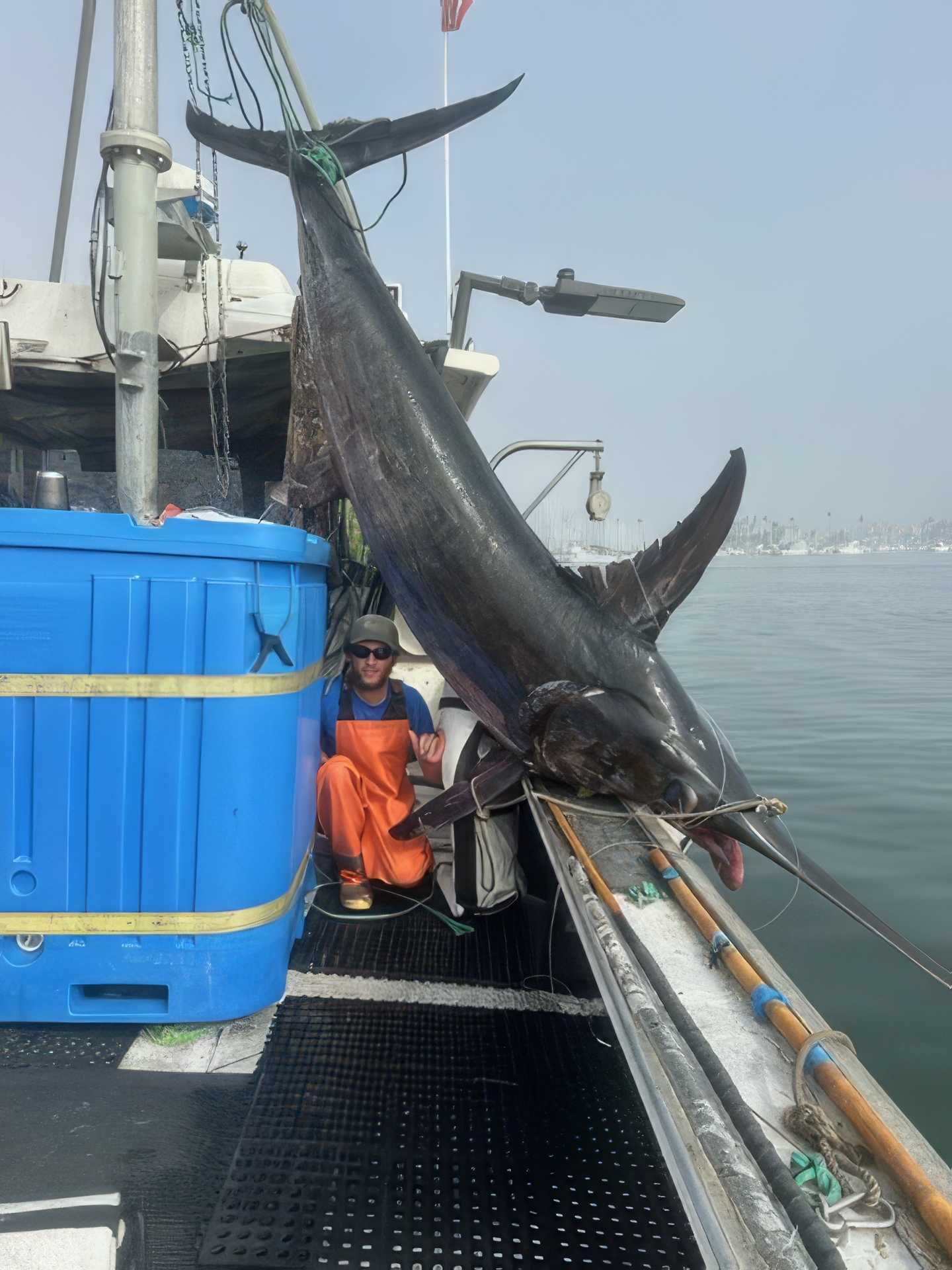
The Conservation Benefits of Deep-Set Fishing At Catalina Offshore Products, sustainability isn’t just a buzzword—it’s a commitment. As a small family-owned company, we pride ourselves
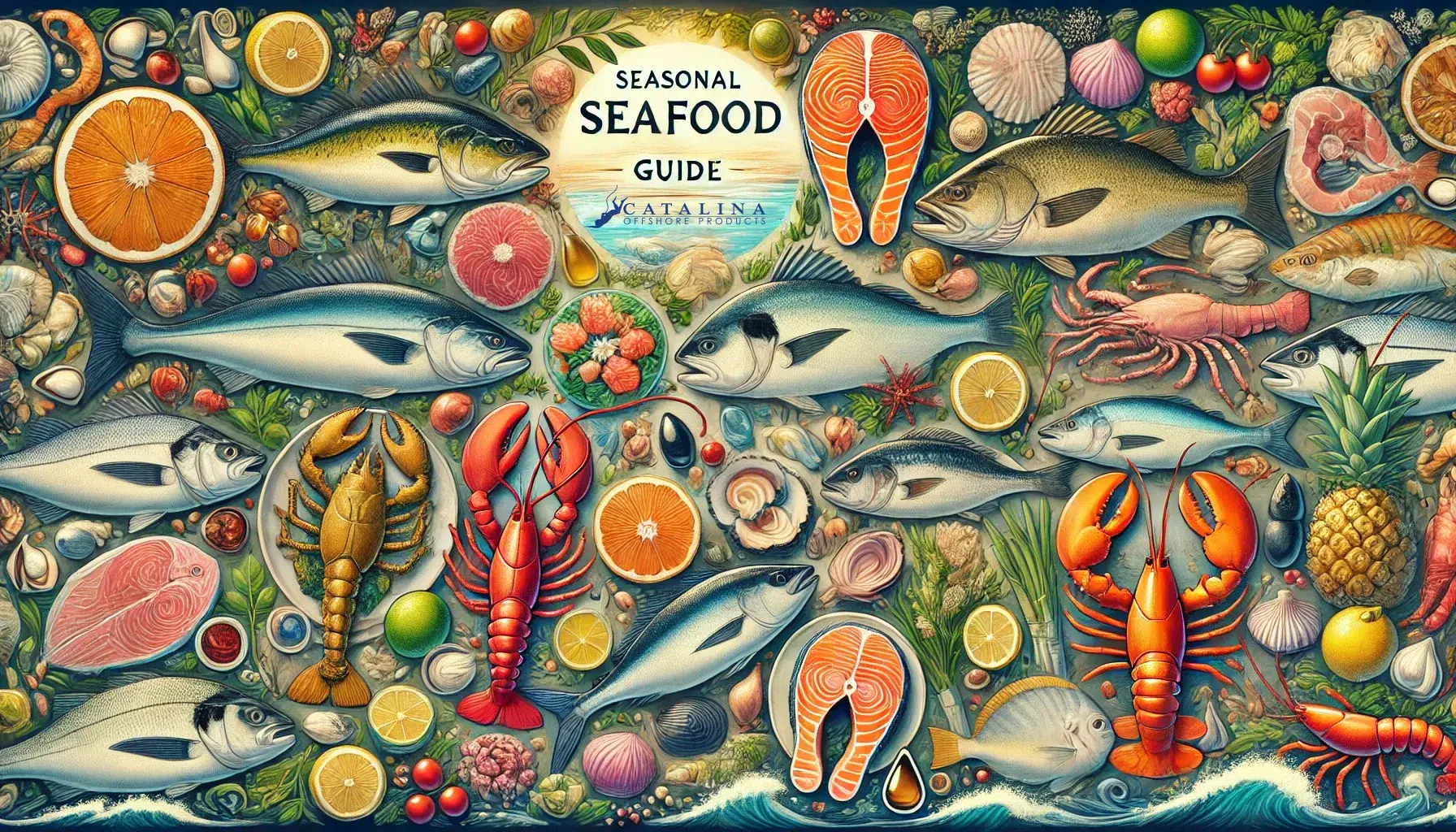
As we journey through the latter half of the year, each month presents us with an array of fresh seafood delights. From the vibrant flavors of summer to the comforting dishes of winter, choosing and preparing the perfect fish or shellfish can truly elevate your meals. Here’s your comprehensive guide to selecting and cooking the best seasonal seafood from August to December.
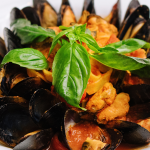
Savor the Sea: How to Make Mussels In White Wine Garlic Delight
Picture this: the sun dips below the horizon, casting a

The Conservation Benefits of Deep-Set Fishing: A Sustainable Seafood Solution
The Conservation Benefits of Deep-Set Fishing At Catalina Offshore Products,
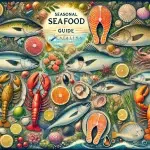
Your Ultimate Seasonal Fish Guide: Savor the Freshest Catches from August to December 2024
As we journey through the latter half of the year, each month presents us with an array of fresh seafood delights. From the vibrant flavors of summer to the comforting dishes of winter, choosing and preparing the perfect fish or shellfish can truly elevate your meals. Here’s your comprehensive guide to selecting and cooking the best seasonal seafood from August to December.